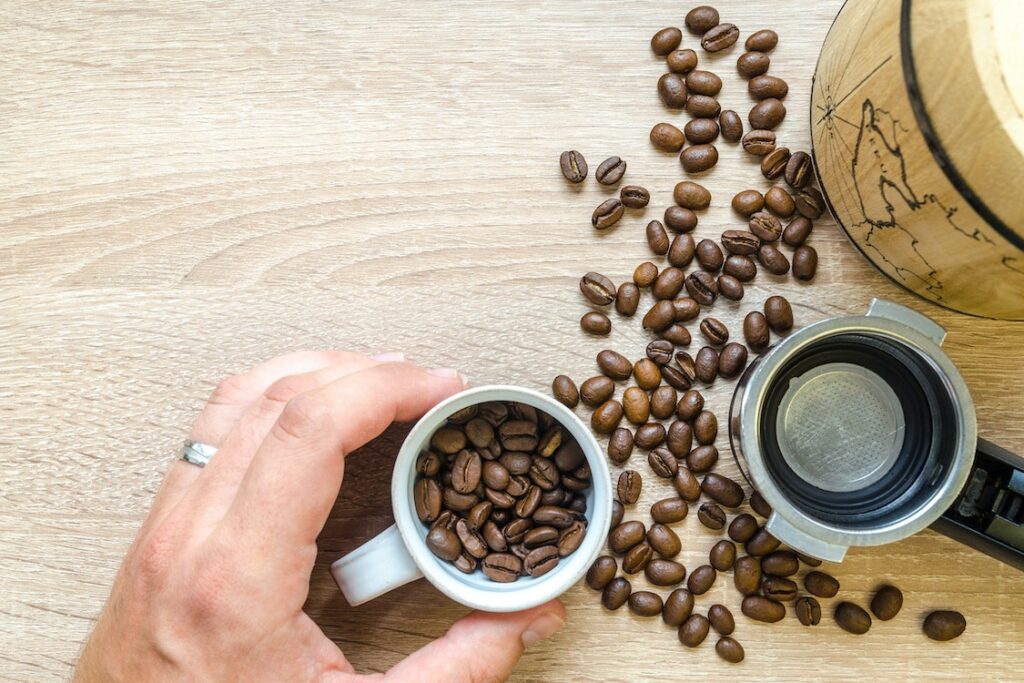
Finding the ideal coffee machine can be daunting. To make things easier for you, we’ve outlined below the main types of coffee makers so that you can pick out one best suited to your home and lifestyle.
If you enjoy exploring different flavors and beverages, an espresso machine could be just what’s needed to satisfy your thirst for variety. These machines feature steamers and frothers for creating specialty cappuccinos and lattes.
Cost
There are various coffee machines on the market and finding one suitable for your needs can be quite a task. There are various factors to take into account such as your preferred coffee type and quantity as well as desired cost of ownership of this machine.
One key consideration when buying a coffee machine is space availability. If your counters don’t offer much extra room, a smaller model might be more appropriate as this allows you to brew small batches at a time without overfilling the pot.
Based on your coffee preferences, it may also be worthwhile selecting a model with a built-in grinder to brew richer and more flavorful cups of java. However, if you need caffeine quickly then choosing one without one might be better suited.
Your next decision should be whether to invest in a water filter. A filter will help produce better-tasting coffee by filtering out unwanted flavors and aromas found in tap water, while choosing an easy-to-clean machine can save you both time and ensure that your beverage always tastes fresh.
For coffee enthusiasts looking for a fuller flavor experience and barista style taste, the bean to cup machine may be just what is needed. These machines grind your beans before brewing with hot water under pressure – giving your drink fuller body and thicker consistency that simply can’t be achieved any other way.
One drawback of these machines is their higher price tag and more difficult recycling of capsules; but for anyone serious about creating the ideal cup of coffee it could well be worth investing more into these devices.
Convenience
If you don’t enjoy coffee as much, or don’t have the time or desire to make a full pot, single-serve machines could make life simpler. These models produce one cup at a time using pre-packaged pods; many also feature spouts for tea or hot chocolate beverages – though these machines may cost more initially; ultimately saving money from coffee shop drinks!
To select the ideal coffee machine for you and your family, take into account how much caffeine they typically consume each day. This will enable you to select one with enough capacity for all your needs without running out too quickly. In addition, look for additional features, like permanent filters that eliminate paper ones as well as audible alerts when the machine has completed brewing.
An advanced coffee grinder like Baratza Encore ESP will enable you to customize the quality of your brew by setting different water temperatures and settings, including strength of brew strength as per personal taste, grind size options or choosing specific bean varieties. Also look out for coffee machines equipped with milk frothers for cappuccinos or lattes!
Your coffee machine selection should also be easy to maintain. While modern machines generally include self-cleaning features for eliminating limescale and leftover coffee oil deposits, always read through its user instructions first to make sure there are any other steps necessary for optimal operation of your chosen model.
Finally, take into consideration how much counter space is available for your coffee maker. Some machines may be too large to fit on smaller kitchen countertops if this is a concern of yours; in this instance, opt for a compact model which fits nicely under or in your cabinet.
Energy efficiency
Today’s world of energy efficiency places great importance on being aware of how much power household items use. Phantom power – also known as vampire power – refers to any electrical current drawn while an item remains idle or not turned on, which can quickly increase your electric bill over time.
Selecting an energy efficient coffee machine is one way to keep down electricity costs and bills. There are a wide variety of coffee makers on the market, but not all use equal amounts of power; you should carefully evaluate each model’s wattage before making a purchase decision.
To measure how much a coffee maker uses, check its label. An ENERGY STAR(r) label indicates that this machine meets energy efficiency requirements set forth by this rating system. A coffeemaker with clock functions or that remains powered on can consume significant electricity; to reduce electricity use it’s wiser to unplug these machines when not in use.
Most coffee machines require between 1.7 kW and 3 kW of power to brew a pot of coffee, and even more electricity is consumed to keep both water and coffee hot while they brew, yet this only accounts for a portion of their total electricity usage.
Cost of electricity varies across countries, but generally speaking it costs about 20 cents an hour to run a coffee maker at full power. To determine your monthly electricity costs simply multiply the wattage by the total hours it is used each month.
An energy-efficient coffee machine can help your business save money on utility bills while still giving employees access to an energizing cup of java. Plus, its eco-friendliness will reduce waste like paper cups, plastic lids and aluminum foil that your business generates. Furthermore, using one that can be programmed at certain times of the day can cut lighting and heating costs, while roasting beans on site could provide further cost-cutting measures than buying pre-roasted beans from coffee shops.
Style

There are various styles of coffee machines on the market. Most are constructed from durable materials like stainless steel, glass or ceramic and will withstand years of proper care without needing replacement. Your style choice can play an integral part in how many features come included for your money; simpler models may only offer basic functions like adding water or grounds as needed while more advanced machines may offer a range of possibilities.
As part of your decision-making process, it is also essential that you decide how involved in the brewing process you wish to be. Some people prefer simply pressing a button while others may prefer more personalized cups and enjoyment during their brew session – for this purpose a manual espresso or French press machine may be the ideal option; these machines typically require you to grind beans yourself and tamp them, load up portafilter into grouphead manually as well as shutting off at set weight/measurements/preset times (although automatic versions also exist that allow presetting/measurements then shutting off automatically at this stage).
Consider how much coffee you drink each day as one way of determining which machine would suit you best. Begin by creating a chart detailing how many cups each member of your household consumes on average before going shopping for an ideal machine that meets these needs.
One of the most sought-after options on the market is a drip coffee maker, making fresh coffee accessible whenever necessary. Most of these machines feature glass carafes equipped with hot plates to keep brewed beverages warm; if you would rather avoid any burnt flavors that may result, look for models equipped with thermal carafes instead.
